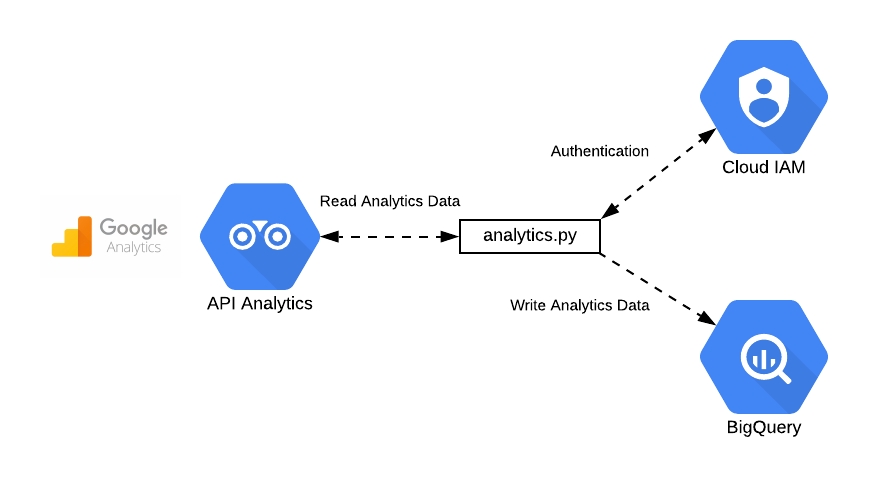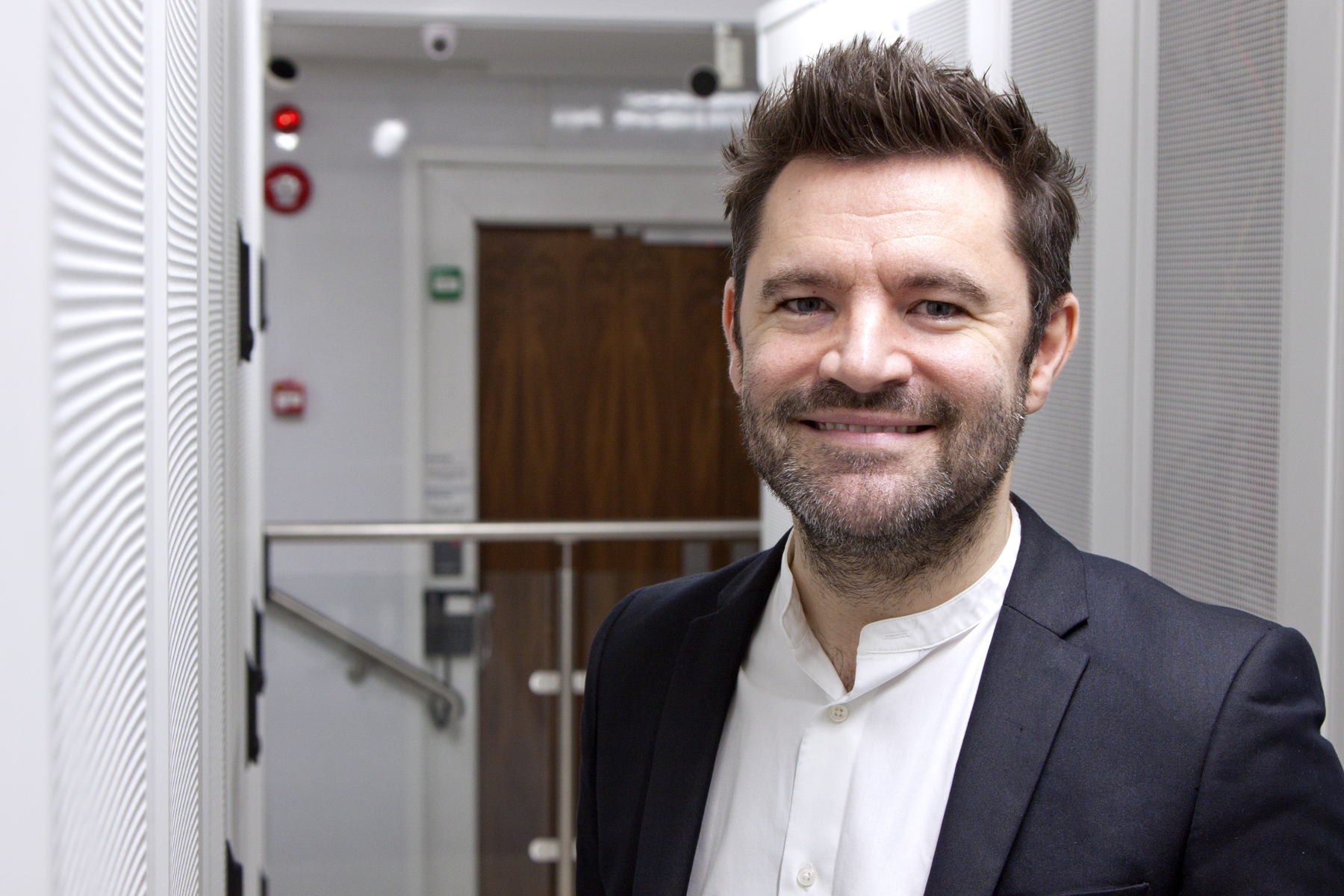
Data is the buzzword of the moment and many organisations are now starting to see the value of how using data insights can create real change. But in such a complex space, it can be hard to figure out what data scientists, engineers and analysts each do.
Many organisations have different definitions for these roles. And when you’re looking for a new opportunity, that doesn’t exactly make it easy. This is something I’ve had to work out in my recent expedition through the job market. I spent around a year applying for data related roles and here’s what I’ve learnt in that time.
Analyst: the insider
A data analyst makes sense of existing data, finding trends and patterns. They might get involved in data collection and model building, but that depends a lot on the organisation. They usually focus on reporting, data communication and have a strong domain understanding. This makes them really valuable as they make recommendations that allow others to make effective decisions. Analysts also have opportunities to branch into data engineering or data science work.
Engineer: the achiever
The data engineer deals with the first steps of the long data journey – pulling data and transforming it. Their role is essential for everyone as they’re the creator, maintainer and keeper of the data and data platform. A data engineer develops and tests the architecture of the entire system. They make sure everything works smoothly and everyone has access to the data they need. Working with all kinds of data sources (including databases) and all types of data, they fulfil the data needs of all users. They’re also partly responsible for data quality.
Common traits of data engineers usually include strong programming skills and they often know how to work with databases. Other areas of expertise include storage, processing, speed, optimisation and serving of the data. They have the most broad spectrum of duties.
Scientist: the explorer
Data scientists are bought into a project to organise and analyse the data. They structure it, clean it, mesh it and then build machine learning models to find meaning. They’re also the lead in implementing machine learning techniques and maintaining the next model. Highlights of their responsibilities include focusing on the business use-case, AI/ML technique library including hypothesis testing, model building, evaluation and deployment.
Data scientists are the ones who have a great understanding of engineering principles, and are often treated as internal consultants. As knowledge seekers you’ll usually find them learning as much as they can, their understanding of maths, statistics and machine learning is second to none.
A well-oiled data machine
It’s important to remember that these are archetypal roles, and actually many people span all 3. But If we look at a typical data journey, the engineer begins by really focusing on development and maintenance of the data pipeline. This is so the analysts have everything they need to find trends in past data. The scientist can then use this to make predictions about the future. They’re able to predict the KPIs (key performance indicators) for your next week or month using machine learning.
The wonderful thing about each of these roles is that they all work together to get the most value out of your organisation’s data – and they’re all roles and capabilities we have at Made Tech. It’s creating and maintaining these well-oiled data processes that can help the public sector to really understand strategic insights and make more effective choices. By using data-led decisions we can continue to improve the lives of communities across our societies.
If you’d like to talk to us about how we can kickstart your data project and help you put your data to work to make life better for everyone, just drop us a line. We’d love to talk. And why not subscribe to our Made Tech Insights newsletter to get new blog posts straight to your inbox?









